10 best tech comebacks of all time
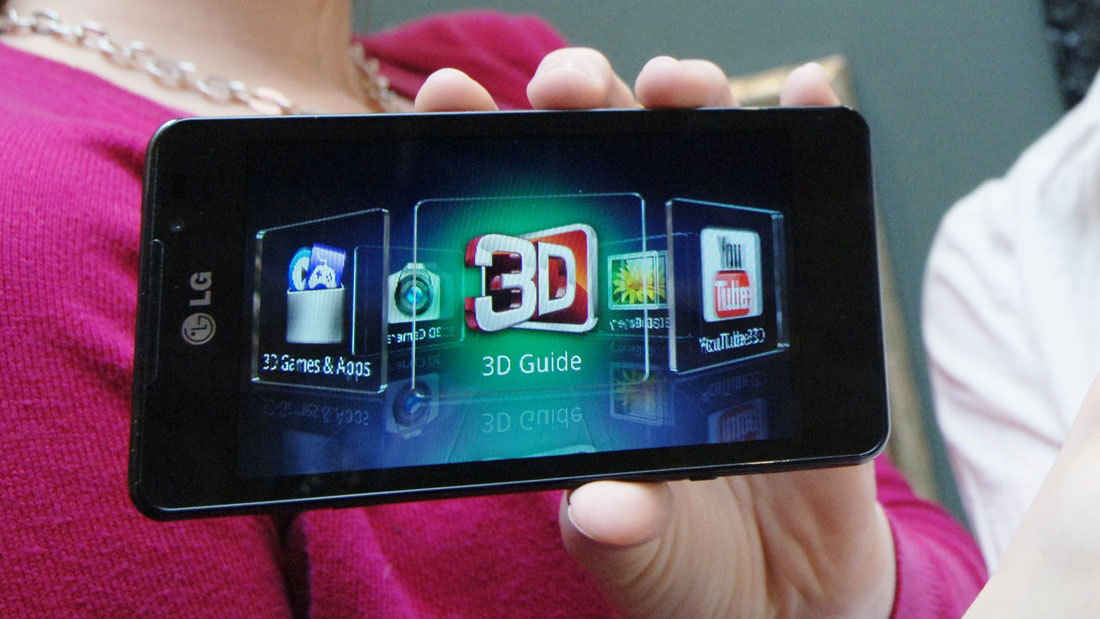
Sometimes the right person, product or company can be in the wrong place at the wrong time.
Brilliant ideas can be buried by bean-counters, the brightest firms can become bogged down in bureaucracy, and fickle fashions can doom perfectly decent designs.
Sometimes, though, the world of tech gives them a second chance — and the comebacks can be anything from amusing to awe-inspiring. These are our favourite tech comebacks. Have we missed any of your favourites?
10. The stylus
We had them for our PDAs, but then styluses fell out of fashion — and things weren't helped by a certain Steve Jobs, who said that if a firm's product used a stylus, "they blew it". But styluses are back! Back! BACK! Samsung and HTC are using them, and Microsoft's sticking digital ink into its Surface tablets too.
9. 3D
3D hasn't had one comeback, but many: it's been around since the early 20th century, boomed in the 50s, fell out of favour, came back in the 80s, bubbled under the radar a bit and then exploded with the help of CGI movies and James Cameron. Today it's in TVs, games consoles and even phones, although history suggests it's probably due to bugger off again any day now.
8. IBM
In the early 1990s, IBM was in trouble. It had become flabby and bureaucratic, was outgunned by younger, fitter rivals and was losing billions. Then, in 1993, new boss Louis Gerstner began to change what he described as an "inbred and ingrown" corporate culture by reversing the breakup of IBM into individual units, shutting projects such as OS/2 and tying staff salaries to company, not division, performance. In 1993 IBM was on Death Row; today it's worth $235 billion.
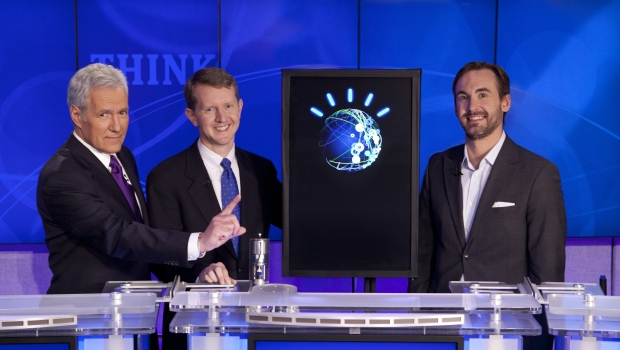
7. Adventure games
Many of us have fond adventures of point and click adventure games, but publishers reckon there's no money in making them any more — or at least they did until games legend Tim Schafer turned to crowd-funding website Kickstarter to try and raise $400,000 for a new adventure game. He made a bit more than that: $3,336,371. It seems that there's a market for adventure games after all.
Sign up for breaking news, reviews, opinion, top tech deals, and more.
6. Bigtrak
The eighties weren't all Thatcher and pop stars wearing tea towels: we also had Bigtrak, the programmable truck that was great for frightening pets and bringing you sweets very, very slowly. It made a comeback of sorts in 2010 with a small Bigtrak Jr model, but a much more fun, smartphone-controllable XTR version is due any day now.#
5. Nintendo
By the mid-2000s Nintendo had lost its console crown: its DS may have had the handheld, casual market, but you were more likely to see a Sony or Microsoft console under a TV. That changed with the Wii, which targeted — and still targets — a completely different demographic from its specs-obsessed rivals. Casual gamers bought them by the truckload, while hardcore gamers often bought Wiis to sit next to their PS/3s and Xbox 360s.
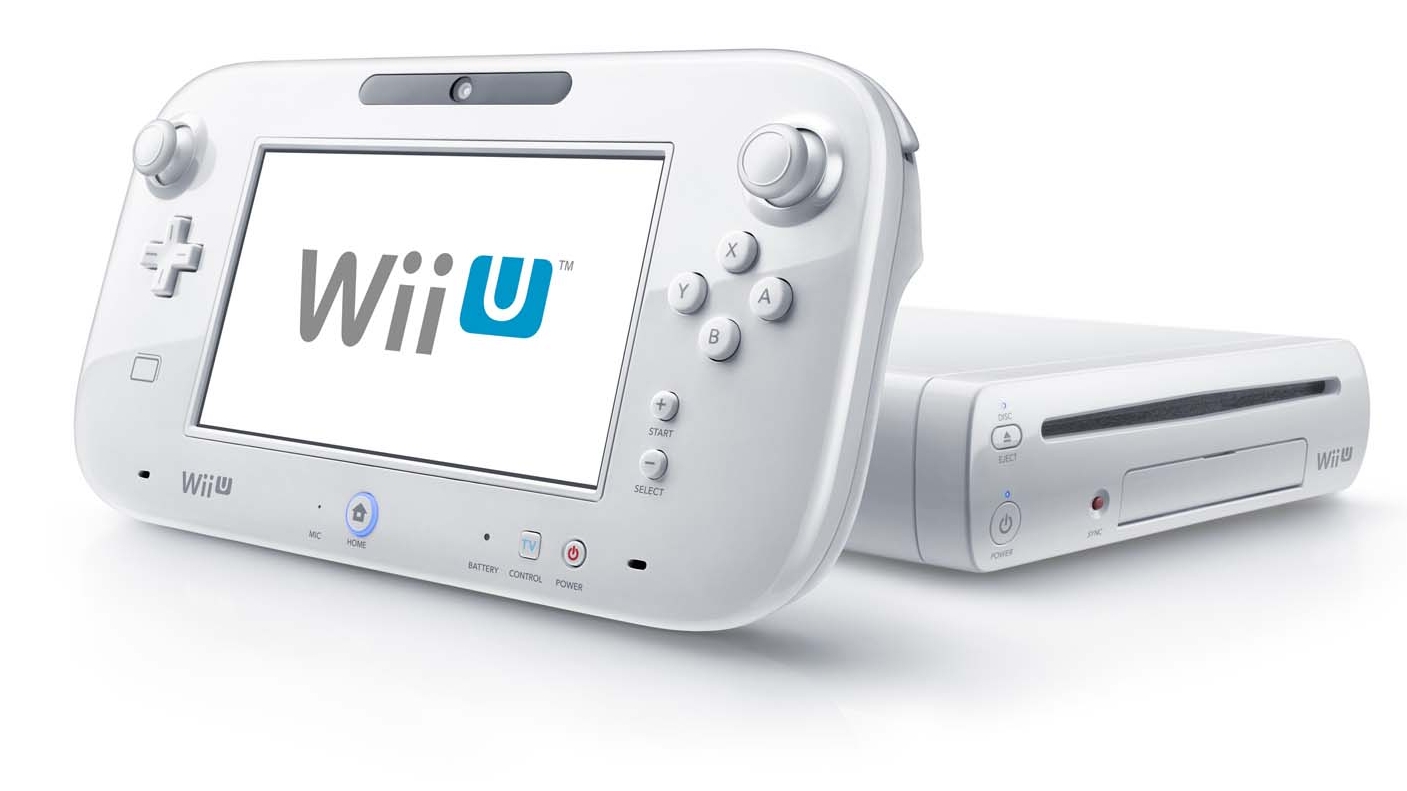
4. Windows phones
We've owned stacks of Windows Mobile devices, but the release of Apple's iPhone in 2007 hammered nails into the coffin of desktop-inspired mobile operating systems. It would be another three years before Microsoft did the right thing, took Windows Mobile into the woods and shot it in the head, but when it did it replaced it with something much tastier: Windows Phone. Credit where credit's due: Microsoft did a sterling job and made mobile Windows cool again.
3. Acorn Computers
The firm that produced the BBC Micro and Acorn Electron fell out of favour by the late 1990s, with its powerful Archimedes computer struggling to find sales outside of the education sector. Its processor, though, lived on: Apple, Acorn and VLSI Technology teamed up to form a new company, Advanced RISC Machines Ltd, which later became ARM— the firm whose processor designs power today's mobile devices from iPads to Samsung Galaxy S3s.
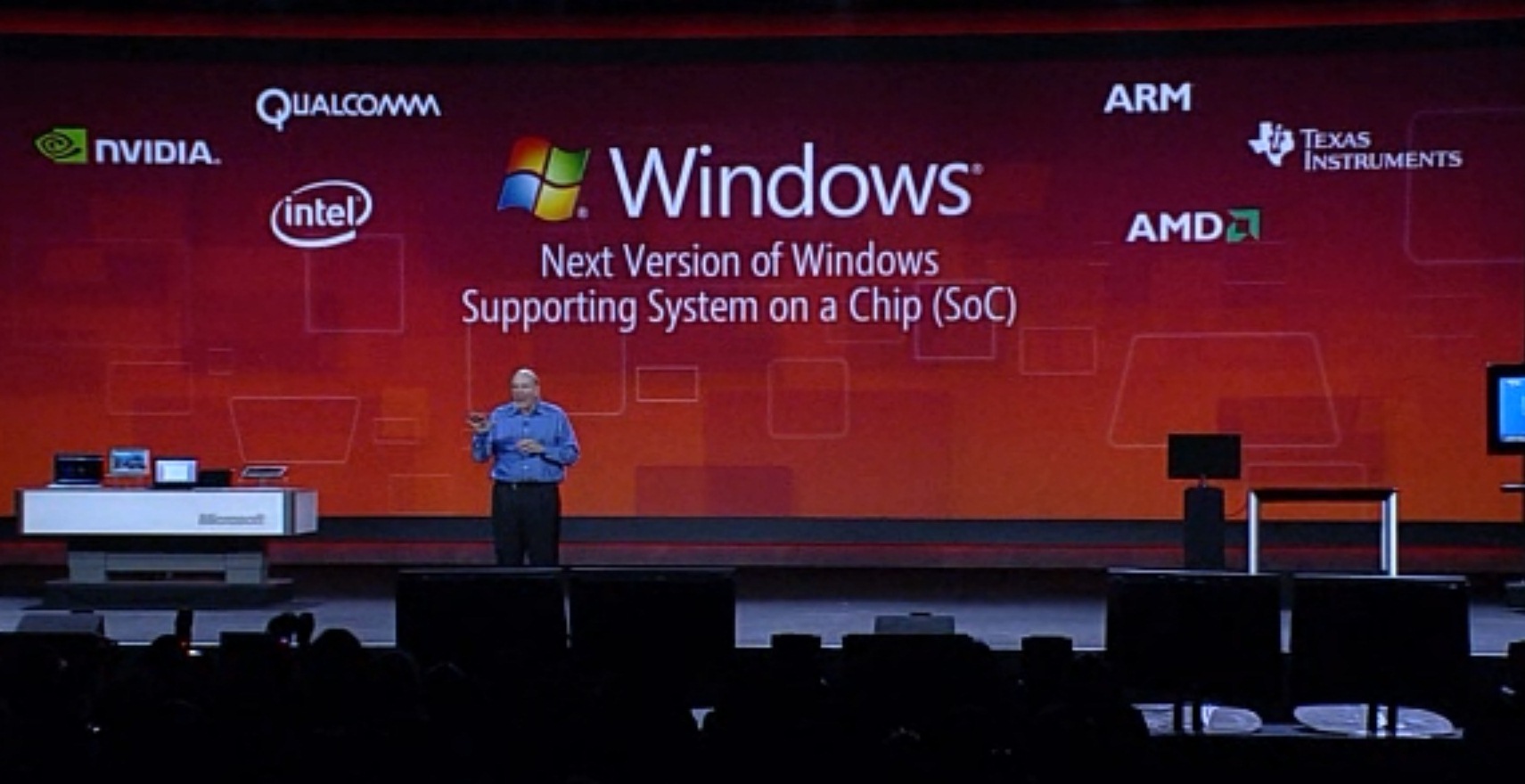
2. Tablets
If at first you don't succeed, try, try again: Apple's Newton didn't set the world on fire in the 1980s, and Microsoft's Tablet PC didn't take off in the early 2000s. It took a while for the technology to catch up with the vision, with low-power processors and multi-touch displays delivering what tablet computers had long promised, but it was worth the wait. Today, some analysts predict that tablets will soon become our main computing devices.
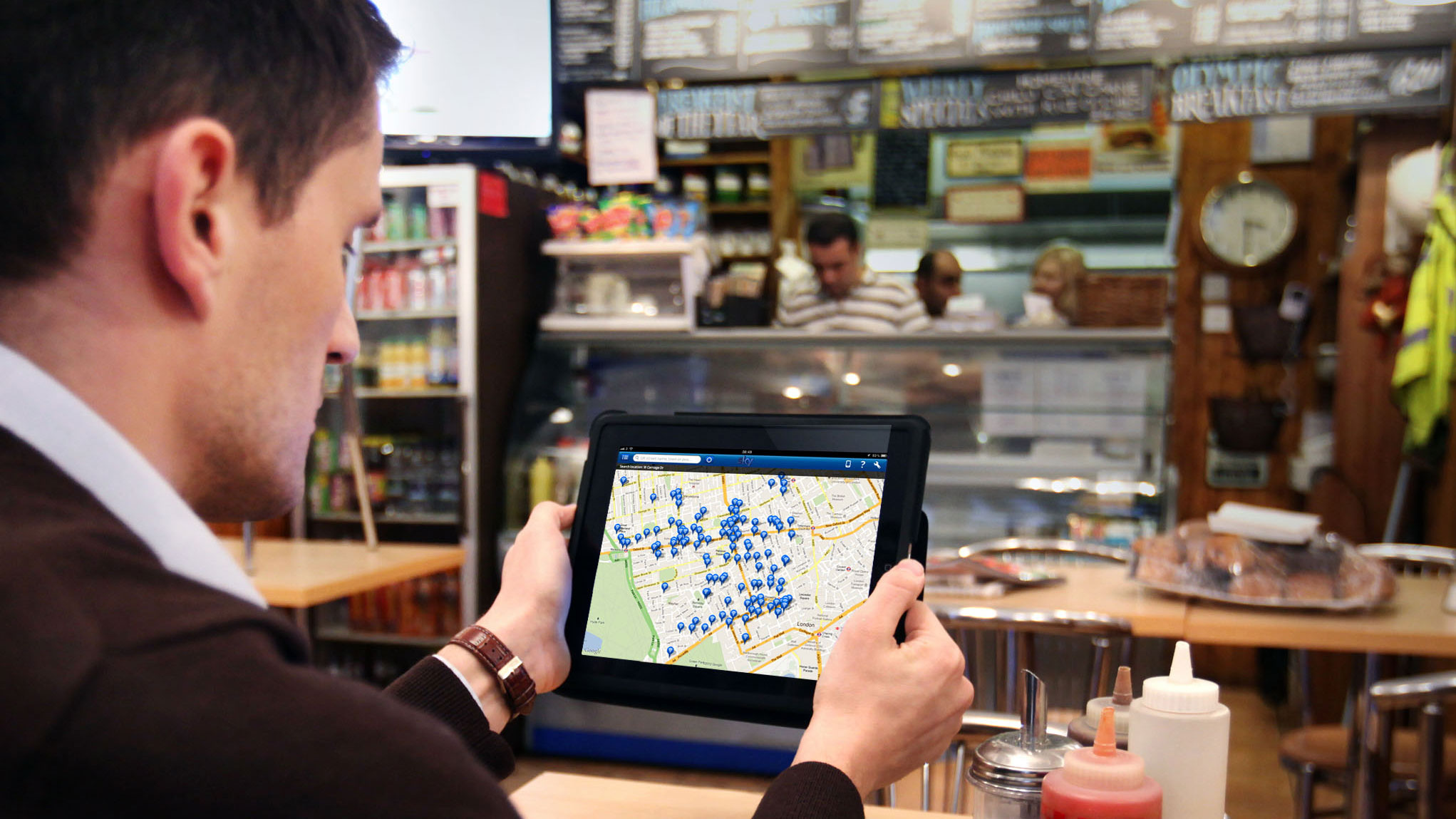
1. Apple
Fifteen years ago, people were praying for Apple's survival; now, it's the most valuable company on Earth. Apple's success turned out to be not one comeback, but two: its purple patch began when Steve Jobs returned from exile to regain control of the firm he co-founded. They'll be teaching this one in business schools until the end of time.

Contributor
Writer, broadcaster, musician and kitchen gadget obsessive Carrie Marshall has been writing about tech since 1998, contributing sage advice and odd opinions to all kinds of magazines and websites as well as writing more than twenty books. Her latest, a love letter to music titled Small Town Joy, is on sale now. She is the singer in spectacularly obscure Glaswegian rock band Unquiet Mind.